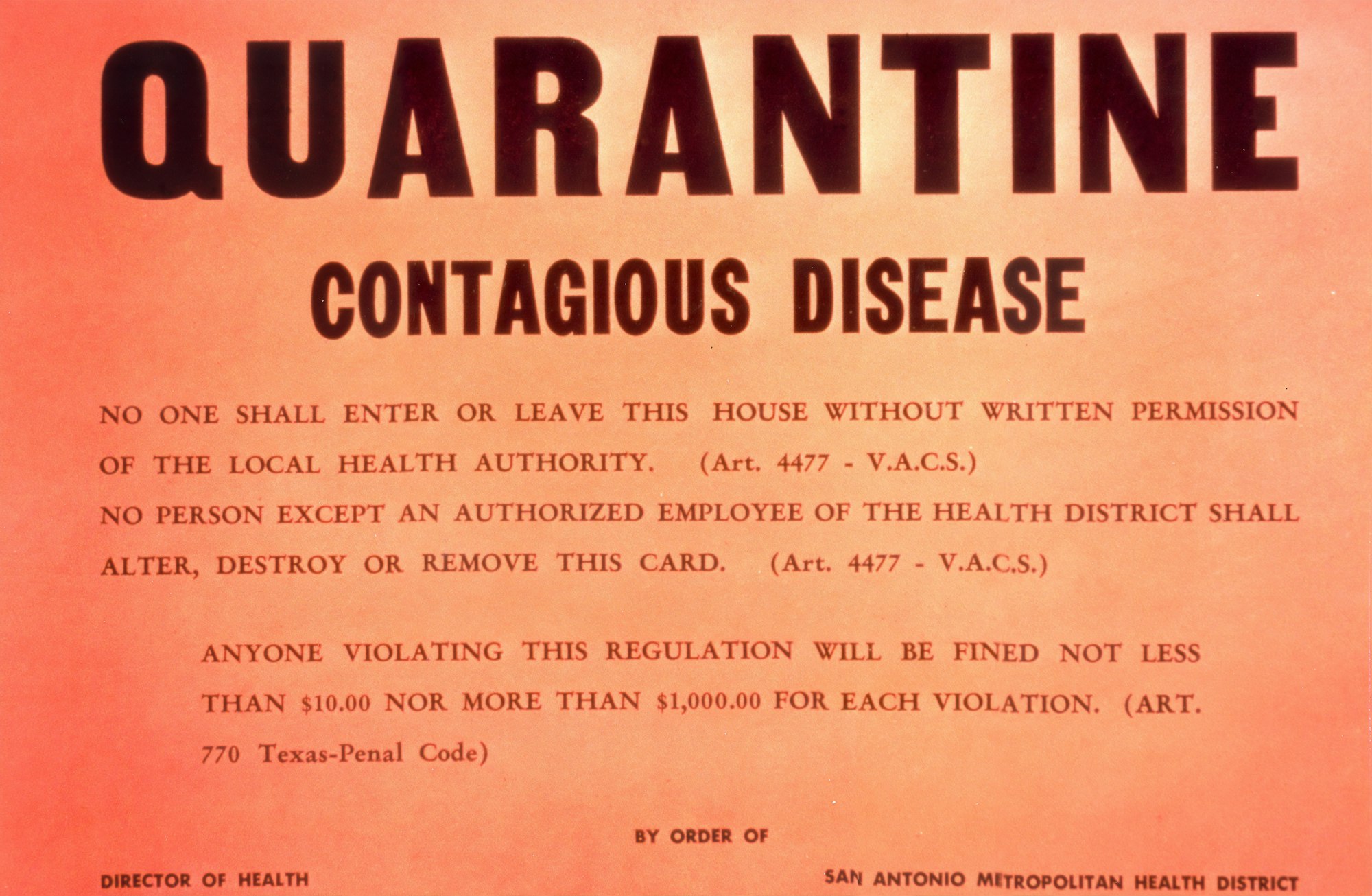
... probably the most challenging feature in the global ocean on which to deploy ocean bottom seismometers, which need to land onto a relatively flat surface ...

... probably the most challenging feature in the global ocean on which to deploy ocean bottom seismometers, which need to land onto a relatively flat surface ...

Three and a half days after our departure from Hobart, we arrived in just northeast of the Macquarie island and instantly proceeded with swathing – mapping the ocean floor in the north-eastern quadrant, in lines parallel to the Macquarie ridge.

Katie Cooper, Rebecca Farrington and Meghan Miller explain how cratonic lithosphere can be sculpted by flow from a passing subducting slab.

A violent earthquake roared and rumbled through the underworld of a distant corner of the planet covered by the restless ocean, far enough from any soul to be felt or heard.

“Below 40 degrees south there is no law, and below 50 degrees south there is no God."

We (the team of 9 scientists and technicians from the Australian National University’s Research School of Earth Sciences) are out of strict 2-week quarantine and ready for a pre-voyage mobilisation. This includes a series of inductions and briefings prior to boarding, boarding, and final stages of preparation for the voyage.

Though giant earthquakes are disastrous, they provide essential information to investigate earthquake physics. Thyagarajulu Gollapalli, a PhD student jointly from Monash University and the Indian Institute of Technology, Bombay, discusses our present understanding of such big earthquakes.

Recently, AuScope invested in a suite of Large-N or nodal seismometers, which are capable of recording seismic noise at local-, rather than regional-, scale, allowing seismologists to focus on imaging geological features like faults and aquifers.

I am locked in a small hotel in Hobart turned into a quarantine, tempted to write a story named “Tasmanian quarantine”, but, honestly, I can’t. I could lament how unlucky, or brag how courageous we are to endure this isolation. I could show you how tiny the room is, in which I feel I could touch all corners at once if I stretched my hands and legs wide enough.

I decided to simplify the title of our new paper (Muir & Tkalčić), significantly, for the purposes of presenting it to a general audience.